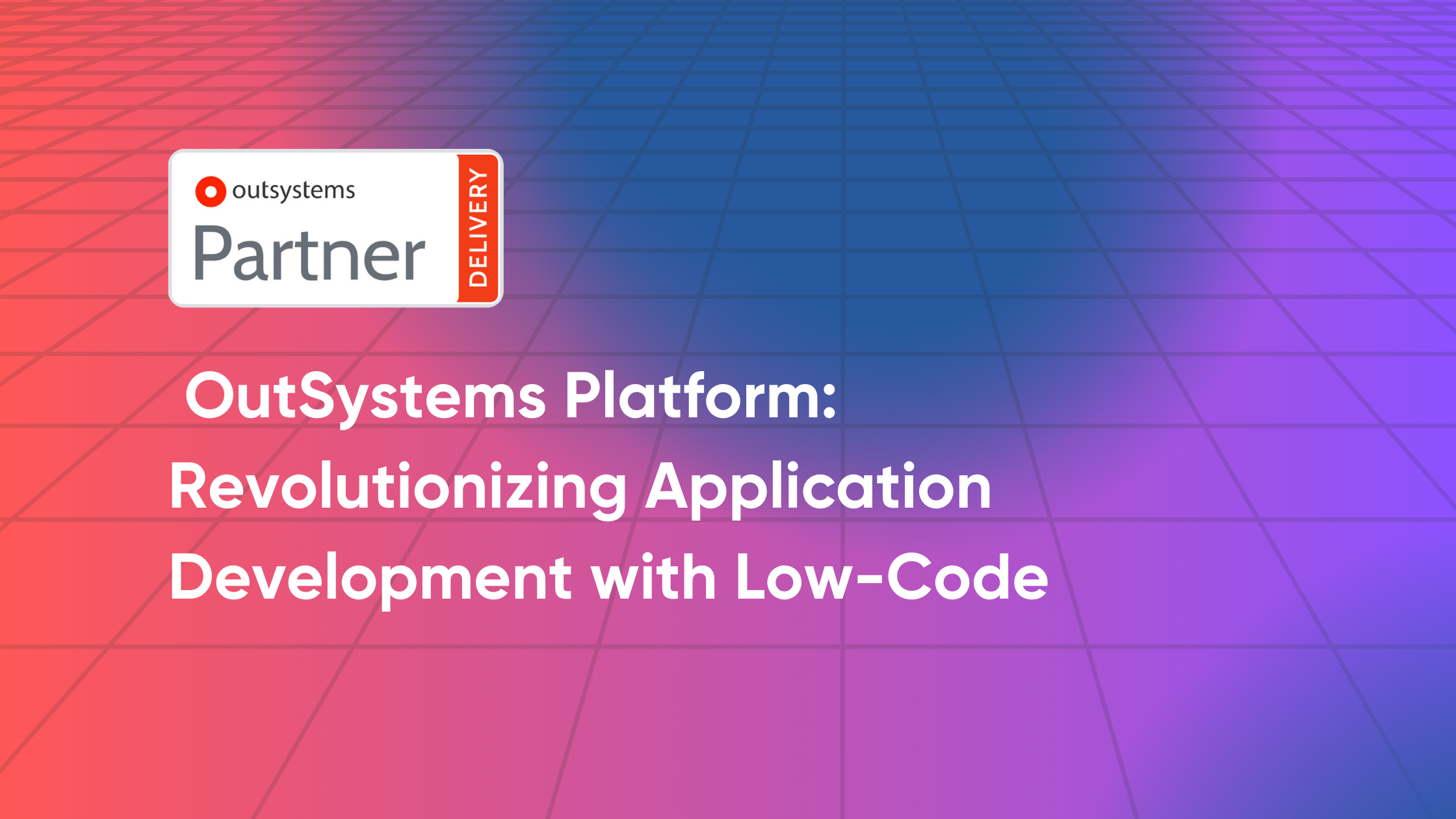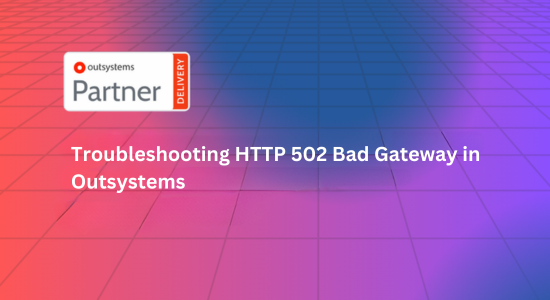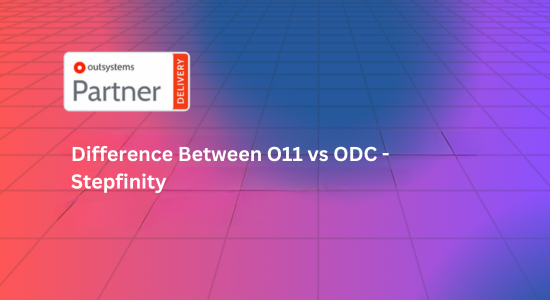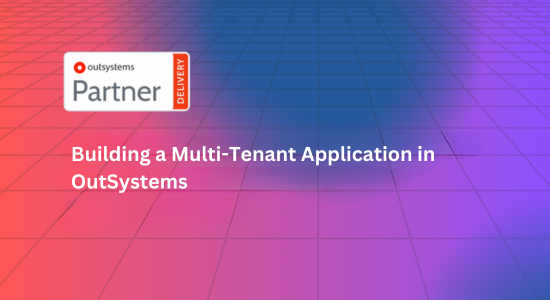In the dynamic world of digital transformation, businesses need innovative solutions to stay competitive. The OutSystems platform, a leader in low-code development, offers a powerful toolset to accelerate application development and revolutionize business processes. This blog explores the features, benefits, and real-world applications of the OutSystems platform, demonstrating how it can transform your approach to software development.
What is the OutSystems Platform?
Overview of OutSystems
OutSystems is a robust low-code platform designed to simplify and accelerate the development of applications. Key features include:
- Visual Development Environment: A user-friendly interface that allows developers to design applications using drag-and-drop components.
- Full-Stack Development: Tools for creating both front-end and back-end components within a unified platform.
- Integration Capabilities: Seamless integration with existing systems, databases, and third-party services.
- Mobile Development Support: Features for building responsive web and native mobile applications.
Core Features of OutSystems
OutSystems offers a comprehensive suite of features to enhance the development process:
- AI-Assisted Development: Leveraging artificial intelligence to provide development suggestions and automate repetitive tasks.
- Responsive Design: Ensuring applications work seamlessly across various devices and platforms.
- Extensive Component Library: A rich library of pre-built components and templates to speed up development.
- Security and Compliance: Robust security features to protect data and ensure compliance with industry standards.
Benefits of the OutSystems Platform
Accelerated Development
OutSystems significantly reduces development time through:
- Visual Development: Simplifying the creation of applications with a visual interface.
- Rapid Prototyping: Quickly creating and iterating on prototypes to validate ideas.
- Automated Workflows: Streamlining deployment processes with automated workflows.
Cost Efficiency
OutSystems helps reduce costs in several ways:
- Lower Development Costs: Minimizing the need for extensive hand-coding and specialized skills.
- Maintenance Savings: Simplifying maintenance and updates with a unified platform.
- Scalability: Developing scalable applications without proportional increases in cost.
Enhanced Flexibility
OutSystems provides the flexibility needed to adapt to changing business requirements:
- Iterative Development: Enabling quick adjustments and continuous improvement based on feedback.
- Adaptable Solutions: Easily modifying applications to meet evolving business needs.
- Seamless Integration: Integrating new applications with existing systems effortlessly.
Improved Collaboration
OutSystems fosters better collaboration between teams and stakeholders:
- Real-Time Collaboration: Allowing multiple team members to work on the same project simultaneously.
- Unified Platform: Providing a centralized platform for development, testing, and deployment.
- Stakeholder Involvement: Engaging stakeholders throughout the development process for better alignment.
Real-World Applications of OutSystems
Enterprise Applications
OutSystems is ideal for developing a wide range of enterprise applications, including:
- Customer Relationship Management (CRM): Building custom CRM systems tailored to specific business needs.
- Enterprise Resource Planning (ERP): Developing ERP solutions to manage core business processes.
- Human Resource Management (HRM): Creating HRM applications to streamline HR operations.
Legacy System Modernization
OutSystems assists in modernizing legacy systems by:
- Process Re-Engineering: Redesigning outdated processes for improved efficiency.
- Data Migration: Seamlessly migrating data from legacy systems to modern applications.
- User Experience Enhancements: Modernizing interfaces for better user experience.
Mobile Application Development
OutSystems supports the development of responsive and native mobile applications:
- Cross-Platform Development: Creating applications that work seamlessly across different devices and platforms.
- Offline Capabilities: Ensuring applications remain functional without an internet connection.
- Push Notifications: Enhancing user engagement with push notifications.
Getting Started with OutSystems
Initial Setup
Starting with OutSystems involves:
- Creating an Account: Signing up for an OutSystems account to access the platform.
- Environment Configuration: Setting up the development environment, including necessary integrations and settings.
- Exploring Tutorials: Utilizing tutorials and resources provided by OutSystems to familiarize yourself with the platform.
Development and Deployment
The development and deployment process with OutSystems includes:
- Designing Applications: Using the visual development interface to design and build applications.
- Testing and Debugging: Thoroughly testing applications to ensure they function correctly and debugging any issues.
- Deploying Applications: Deploying applications to production environments and monitoring their performance.
Ongoing Support and Training
OutSystems offers ongoing support and training to help you maximize the platform’s potential:
- Technical Support: Providing technical support to address any issues or questions.
- Training Programs: Offering training programs and certifications to enhance your skills and knowledge.
- Community Resources: Accessing community resources, including forums, documentation, and best practices.
Conclusion
The OutSystems platform is a game-changer in the realm of low-code development, offering a powerful, flexible, and efficient environment for building high-quality applications. With its rapid development capabilities, comprehensive features, and robust integration options, OutSystems empowers businesses to innovate and transform their processes. Embrace the future of application development with OutSystems and unlock new possibilities for digital transformation.








